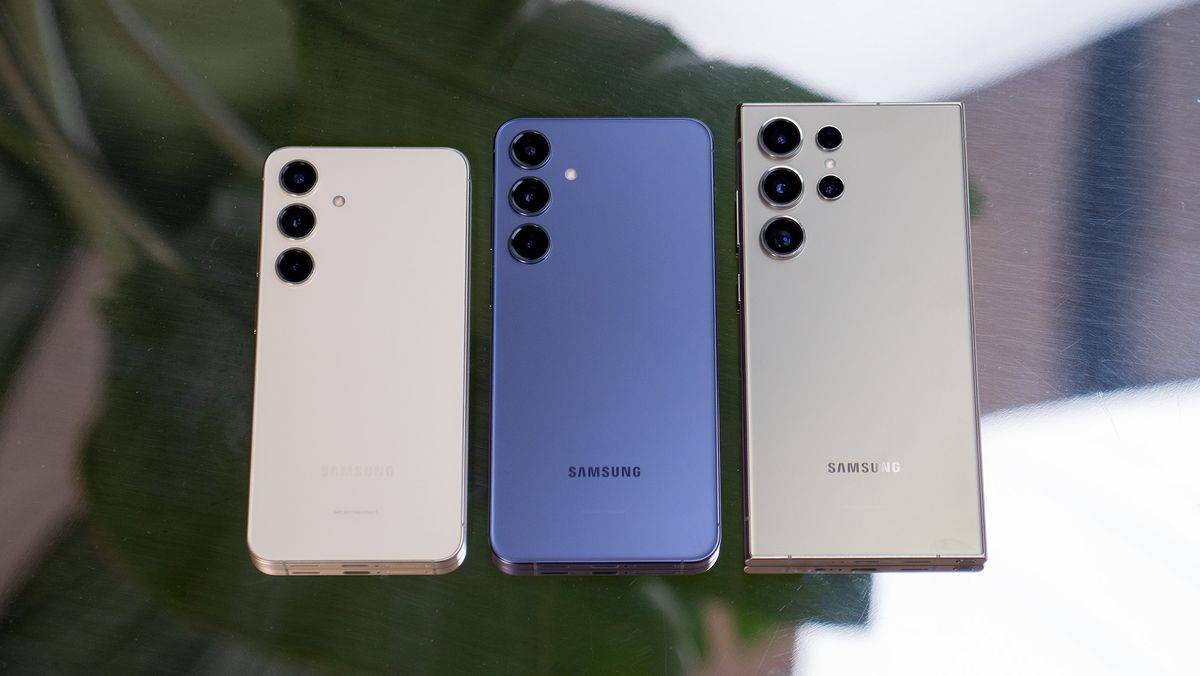Amazon workers sort packages for delivery in New York on July 12, 2022.
Michael M. Santiago | Getty Images News | Getty Images
Amazon‘s Prime Day is off to a strong start, lifting third-party sellers’ and other retailers’ online sales, early data shows.
On Tuesday, the first day of Amazon’s 48-hour sales event, online spending in the U.S. rose roughly 6% to $6.4 billion, making it the single biggest e-commerce day so far this year, according to Adobe Analytics, which measures transactions at U.S. retail sites.
Prime Day kicked off Tuesday and runs through Wednesday. Amazon launched the event in 2015 as a way to hook new Prime subscribers and deepen existing members’ loyalty to the program, as well as promote its own products and services. Other large retailers including Walmart, Target, Kohl’s and Best Buy have been running discounts to compete.
Adobe expects total U.S. online sales to grow 9.5% year over year to $13.1 billion during the two-day event. Last year, U.S. consumers spent more than $11.9 billion.
As of midday Wednesday, Prime Day shoppers spent more per order, with an average order size of $56.07, compared to $53.14 a year ago, according to data from Numerator. Both Adobe and Numerator said consumers are snapping up home goods and appliances, household essentials, toys, and apparel. Fire TV sticks and Apple Watches were also top-selling items.
Analysts and investors will keep a close eye on the event to see whether economic uncertainty puts pressure on consumer spending. U.S. inflation cooled in June, rising 3% year over year, its lowest rate in more than two years. Excluding food and energy, core inflation rose 4.8% on an annual basis.
“In the midst of a slower consumer spending environment, we believe Amazon’s Prime Day 2023 created a spark of spending across retail,” Telsey Advisory Group analysts wrote in a note to clients on Wednesday. The firm maintains an outperform rating on Amazon’s stock. “The company seems to have successfully leveraged its relationship with brands — which have seen softer trends due to a tough environment — to offer good deals and attract shoppers.”
Fahim Naim, a former Amazon employee who now runs the e-commerce consulting firm eShopportunity, said several of his clients are seeing Prime Day promotions pay off more than last year. Protein powder maker Ascent Protein and BOX Partners, which owns shipping packaging brands Aviditi and BOX USA, have seen their sales rise nearly 40% year over year during Prime Day so far, Naim said. Another client, Harmless Harvest, known for its coconut drinks and smoothies, has seen its sales double.
The strong preliminary Prime Day sales data is the latest indicator that consumer spending may be more resilient than feared. Roughly 28% of consumers said their spending increased in the second quarter, compared to 23% in the first quarter, according to Jungle Scout, which provides software and research to Amazon sellers.
“You have a good portion of the market that’s saying that they’re cutting back, but you also have people that have a lot of pent-up demand post-Covid,” said Mike Scheschuk, president of small and medium business at Jungle Scout, in an interview. “So they’re saying, ‘You know what, I’ve got enough money and I’m back and I’m stable, so I’m ready to start spending again.'”
Scheschuk, who also sells pet products on Amazon under his own brand, said his sales have jumped 50% year over year since Prime Day kicked off. Week over week, they’re up 50%, he added.
Amazon doesn’t typically provide sales data from Prime Day. But third parties including Adobe and Salesforce are expected to announce total online sales from the event on Thursday.





















Discussion about this post